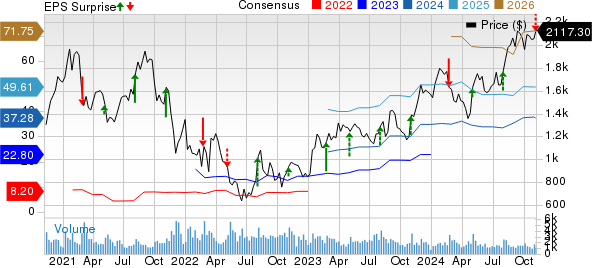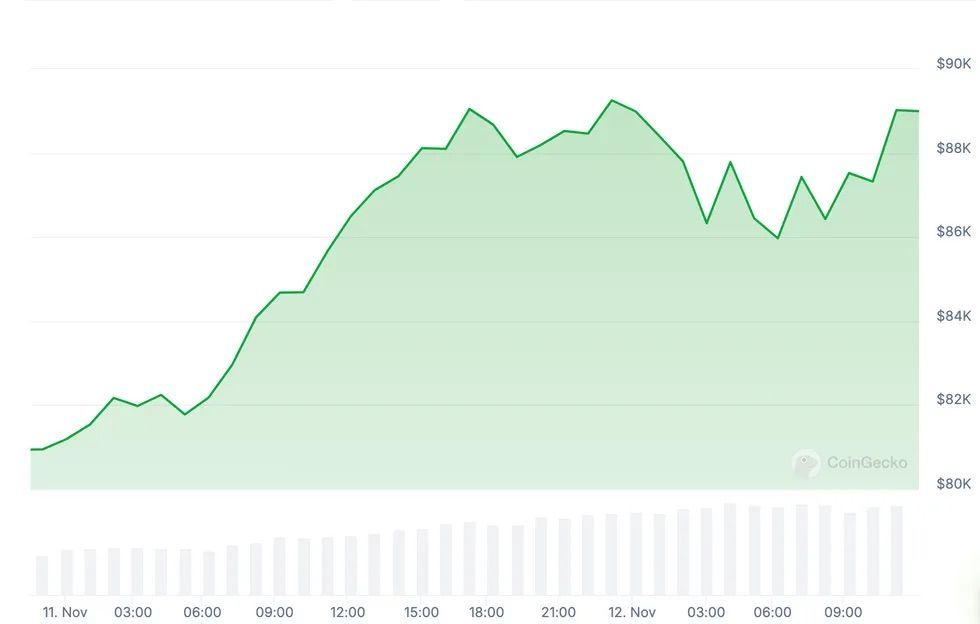Most investors have a keen eye for operating assets, the lifeblood that sustains a company’s core functions. But, like a hidden treasure trove waiting to be discovered, non-operating assets often lurk in the shadows, ready to reveal their impact on a company’s financial standing. These assets, such as excess cash, marketable securities, or dormant real estate holdings, may not take the spotlight in a company’s day-to-day operations, but their influence on the bottom line is undeniable. Delving into the realm of non-operating assets unveils a more holistic perspective of a company’s intrinsic value and its growth potential.
A skilled financial advisor functions as a compass in the convoluted world of non-operating assets, guiding investors on when to consider integrating these assets into their overall investment strategy.
Unveiling the Essence of Non-Operating Assets
A crucial piece of the financial puzzle, non-operating assets are pivotal in the realm of financial analysis and valuation. These assets possess the duality of potentially inflating a company’s balance sheet, masking its true financial prowess behind a facade of apparent strength. By segregating operating assets from their non-operating counterparts, astute analysts are able to paint a clearer picture of a company’s performance in its core business domain.
This separation of assets can bear heavily on the overall valuation landscape. A company with a substantial reservoir of non-operating assets might flaunt a lofty market value, which may not accurately mirror its operational triumphs. Deliberate adjustments to valuation models are often required by investors to accommodate these assets, ensuring that the company’s core performance is not overestimated.
Companies wield their non-operating assets deftly to optimize their financial posture. Superfluous cash is sown into short-term securities, reaping additional income, while surplus real estate is either divested or leased out to mint revenue. Skillful management of these assets serves companies with enhanced financial agility, empowering them to seize fleeting opportunities or brave economic tempests. Yet, lackluster stewardship of these assets cobbles inefficiencies and squanders prospects for expansion.
Decoding the Impact of Non-Operating Assets on Market Valuation

Non-operating assets wield a remarkable influence on stock valuation by offering gateways to liquidation or revenue generation, thus augmenting a company’s value beyond its primary operations. Segregated from core business activities, these assets unfurl their value when strategically employed.
Investors are enjoined to scrutinize the trajectory of non-operating assets, pondering whether they are destined to appreciate or depreciate over time. For instance, real estate investments may burgeon in a flourishing market, while volatile ventures carry a whiff of higher risk. Interpreting a company’s game plan for these assets illuminates its strategic undertakings and their reverberations on shareholder equity.
Integrating non-operating assets into financial scrutineering unveils a more comprehensive panorama of a company’s aggregate worth. Conventional valuation barometers, like price-to-earnings ratios, may fall short in encompassing these assets. Hence, tweaking valuation methodologies to encompass non-operating assets furnishes a more precise gauge of a company’s financial foundation and investment potential.
Non-Operating Assets: From Assets to Income
Non-operating assets embody tangible or intangible resources lovingly cradled by a company, yet abandoned in its daily operations. These treasures comprise unutilized real estate, investments, or other holdings that dwell beyond the purview of its primary engagements.
Contrariwise, non-operating income pulsates as the financial proceeds birthed from these assets or other non-core jamborees, such as interest or dividends. This breed of income diverges from operating proceeds, which spring forth from a company’s core metier. Non-operating income rarely basks in constancy and often flits distantly from a company’s enduring performance.
For investors, non-operating assets epitomize latent treasures concealed from standard financial assessors. Yet, planting faith solely in non-operating income for riches beacons a red flag, particularly if these income tributaries ebb and flow capriciously.
A judicious appraisal of both non-operating assets and income emboldens investors to appraise whether a company’s commercial triumph rests on robust business endeavors or flutters on a brittle scaffold of unsteady income tributaries.
Conclusion

Comprehending the unfathomable depths of non-operating assets serves as a gateway to unlocking a company’s financial robustness. These assets, while residing in the peripheries of a company’s primary revenue fountains, could encompass investments, dormant properties, or idle structures. Although they dance not in the limelight of revenue generation, their presence wields a discernible impact on the overall evaluation and fiscal verdicts. Investors who gaze into the abyss of non-operating assets unearth potential concealed riches or lurking hazards, enriching their investment acumen.
Insider Insights for Investors
- A financial advisor can illuminate the shadows of investment management for your portfolio. Finding a financial advisor need not resemble a Herculean task. SmartAsset’s ingenious tool links you with up to three vetted financial wizards in your vicinity, offering you a complimentary visit with your advisor matches to pinpoint your perfect match. If you stand primed to unearth an advisor who will steer you towards your fiscal ambitions, take that first step now.
- If you hunger to peek into the crystal ball of investment growth over time, SmartAsset’s spellbinding investment calculator beckons to lend you foresight.
Image Credits: ©iStock/NanoStockk, ©iStock/Paul Bradbury, ©iStock/mavo
The article originally appeared on SmartReads by SmartAsset.



